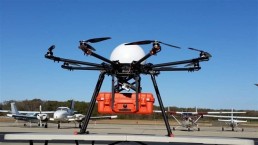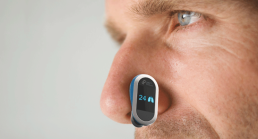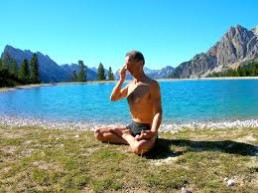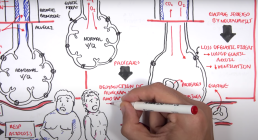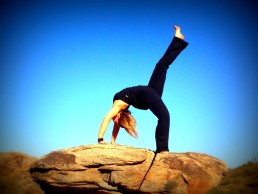Interactive Medical Drones
The doctor could give instructions on taking readings such as blood pressure, temperature, heart rate, or sugar or oxygen levels, using equipment dropped by the drone. And the doctor could talk a survivor through ways of giving aid, such as applying tourniquets, cleaning, clotting or bandaging wounds, and injecting medicines.
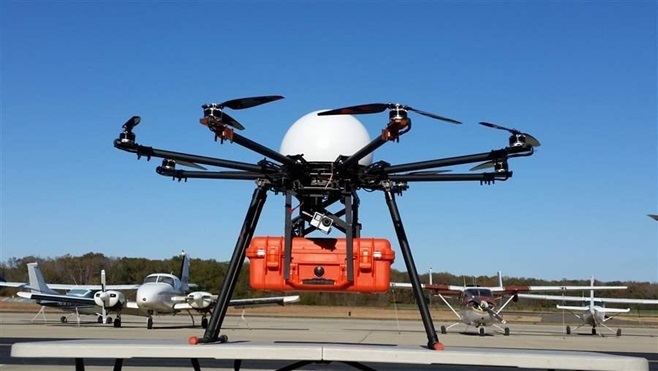
WILLIAM CAREY UNIVERSITY COLLEGE OF OSTEOPATHIC MEDICINE
Reference:Huff Post
It may not just be aging signs with breathlessness
 Coughing and experiencing a lack of breath and slow breathing be just down to age. You may never have smoked but you could still develop or be at risk for COPD and other lung diseases.
Coughing and experiencing a lack of breath and slow breathing be just down to age. You may never have smoked but you could still develop or be at risk for COPD and other lung diseases.
"While about 80% of COPD cases are related to having smoked, 20% are not," says Dr. Bartolome Celli, a pulmonologist with Harvard-affiliated Brigham and Women's Hospital.
Symptoms include a chronic cough, shortness of breath, wheezing, frequent respiratory infections, fatigue, excess phlegm, and even a blue tint to the lips or fingernails. But many of these are brushed aside.
"People may feel their symptoms are normal consequences of aging or having smoked. They don't look for help until later in the course of the disease," says Dr. Celli.
Early detection and prevention are key by quitting smoking; decreasing your exposure to air pollutants; getting vaccinations for influenza and pneumonia; and getting the medications necessary.
References (www.health.harvard.edu/COPD).
Sleep is so important
In a recent journal by SciTechnol explains how expensive measuring respiratory flow is and how a more practical method would be to use a non-contact mcirophone for audio signal recordings taken from a sleep lab or at home to help improve sleep quality.

Sleep is so important for all of us to funtion correctly, mentally and efficiently for our health and well-being. The amount of sleep a person requires differs from one person to another; most adults need about seven to eight hours of sleep each night to feel alert and well rested.
It is important that each and every one of us maintain a healthy sleep pattern. Stress, anxiety, diet and fluids all play their role in which could really affect our sleeping habits.
references and image credit: Journal of Sleep Disorders: Treatment & Care
Passport, bag and oxygen...
Holiday and travel to some people is the one period of time we feel relaxed, refreshed, indulged or even liberated. Travelling is a luxury and for some a necessity to free themselves from the every-day pressure of work life but for others with the need for supplemental oxygen, life threatening respiratory illnesses; sourcing and organising medical oxygen is the first item on the list when going on holiday.

Oxygen Worldwide was setup to make travelling with oxygen a seamless service without it becoming a problem just part of the holiday check list. With the experience, 24hour customer service line and extensive network of oxygen suppliers internationally Oxygen Worldwide can arrange your holiday with oxygen effectively, efficiently and tailor-made to your needs.
For those oxygen patients who love to travel and don’t want to be tied down by conventional oxygen therapy you can purchase direct from OxygenWorldwide’s outlet site new and reconditioned portable oxygen concentrators.
With proper planning and guidance, you can go on a weekend getaway or a week-long vacation without worry with OxygenWorldwide.
Organising oxygen for tomorrow
Rutger Berntsen and Noor Pijnenburg, both Dutch, manage a unique company.
Manage your COPD breathing with Yoga
Will yoga exercises help COPD patients manage breathlessness better?

Many people who suffer from a lung disease find it very hard to exercise. Often even the thought of physical activity makes them feel breathless. But there is a way to overcome these fears that only lead to a downward spiral of both physical and mental decline, practising yoga. This low impact form of exercise will not only help raising your energy levels, it also clears your mind from worry. Being good for everybody, it is also more and more recommended especially for people with lung diseases, like emphysema, chronic bronchitis, and other lung diseases commonly known as COPD.
Why can yoga exercises be especially beneficial for COPD patients?
In yoga practice there are two essential parts that complement each other in a synergistic way. One part is the Asanas, physical posture that improve range of motion, balance, flexibility and strength of the body. The other part is the Pranayamas, breathing techniques that teach you how to control your breathing and keep your lungs more fully. It also strengthens your respiratory muscles. The two combined will help you improve your general fitness and make breathing easier and more efficient. Additional meditation helps relieve stress and anxiety, which allows you to extend the benefits of the pranayamas and asanas.
Pranayamas, breathing techniques, that can be beneficial for COPD patients are:
Pursed-lip Breathing
This is an exercise especially suitable to learn control your breathlessness. While leaning slightly forward you slowly breath out with your lips pursed, imagine you are blowing a kiss or cooling your soup. This slows down the exhalation and stimulates the abdominal muscles to contract and forces the diaphragm upwards, so the lungs will empty themselves better. Instead of long inhalations and short exhalations, which is a common reaction to breathlessness, you learn to do it the other way around, with an ideal rhythm being to make the exhalation twice as long as the inhalation. Not only will this calm you down and relieve the breathlessness, it also help to strengthen the breathing muscles.
Abdominal or Belly Breathing
COPD patient can benefit especially from the abdominal breathing technique, as it stimulates the diaphragm moving upward and downward, so more oxygen can be taken into the lower lobes of the lungs and spread through the body. At the same time the abdominal organs are massaged by the moving diaphragm, thus improving their intake of oxygen and functioning. By doing the belly breath your body relaxes and becomes re-energized at the same time.
Ujjayi Breathing or Ocean Breath
This is a special form of breath, typically used while practicing asanas. It is used to slow down the breath and make an audible sound by creating a constriction in the base of your throat, like you do when blowing out to create a fog on a mirror. It helps you to stay calm during the practice while focusing on the sound and avoiding breathlessness. It also is said to create heat in your body, which helps to keep up your energy levels throughout the practice. The diaphragm controls the length and the speed of your breath and will become stronger in doing so.
Correct breathing is an essential part of yoga; as the blood will be provided with more oxygen, which makes it possible to control energy levels and this will help you relax and calm your mind. Once you have controlled your breath by practicing pranayamas, you will feel more comfortable and confident to start practicing asanas.
Asanas, physical postures, recommended for COPD patients are:
Standing Mountain Pose
This is a straightforward pose, from which all other standing poses are performed. It requires you to stand tall, either with your arms raised or left hanging loosely at your sides. It teaches you to align your spine and balance the weight of your body, while focusing on your inner self. Your chest will open up and breathing will become easier.
Standing Back Bend
This pose is performed from the Standing Mountain Pose by placing your hands on your lower back with the fingers pointing down and arching your spine back. It helps to release tension in your neck and shoulders and opens up the respiratory system.
Standing Side Bends
These bends not only improve your posture by standing taller, it also regulates your breathing. The basic standing side bend is easily performed from the Standing Mountain pose. By exhaling with each bend, you stretch alternately to the left and to the right. This calming pose improves the flexibility of your rib cage and helps to strengthen your diaphragm to make breathing easier.
Seated Forward Bends
There are several seated forward bends, performed from either a chair or the floor. These poses calm the brain, stimulate the organs and stretch the spine and the shoulders to give more room to your lungs and help you to relax.
These are only a few examples of pranayamas and asanas that you can practice to help improve your lung condition. If reading this story triggered your enthusiasm to give it a try, do take some precautions before you begin. Things to consider are for example:
- Consult with your doctor or respiratory therapist about what is possible in your condition
- Always join a recognized yoga school, don´t go practicing by yourself without any coaching
- Be sure the yoga teacher of your choice is qualified, also for training special groups like COPD patients
- During class, always keep your inhaler or oxygen supply at hand
- Don´t overexert yourself, take a rest if you get exhausted or experience shortness of breath
With these precautions in mind and a good yoga teacher, you will surely be able to experience the benefits that can yoga give you, a fitter body and a mind more at ease.
Websites consulted:
http://www.healthline.com/health/copd/yoga#1
http://yogachicago.com/2014/03/yoga-for-chronic-obstructive-pulmonary-disease-copd/
https://www.doyogawithme.com/yoga_breathing
If you could stop asthma with a pill, would you take it?
Recently it has been announced that scientists in Great Britain could have the answer to asthma all contained within a small tablet.
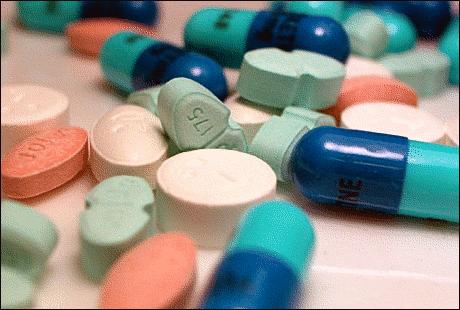
A protein has been found by Leicester University researchers which triggers the narrowing of airways which causes the potentially fatal lung condition.
They believe a new treatment could be available within five years. This can not come soon enough with recent media fatalities with young people loosing their lives to this illness. Asthma affects 4.3 million adults and 1.1 million children in Britain. An attack kills three people every day.
Asthma affects 4.3 million adults and 1.1 million children in Britain. An attack kills three people every day.
An exciting time indeed for asthma patients to read this and improve this long-term illness.
reference: express.co.uk
What is COPD? Watch this video...
For those who have always wondered medically and simply what COPD is watch this video here:
Want to imrove your breathing and wellbeing?
Can Yoga Help When You Have COPD?
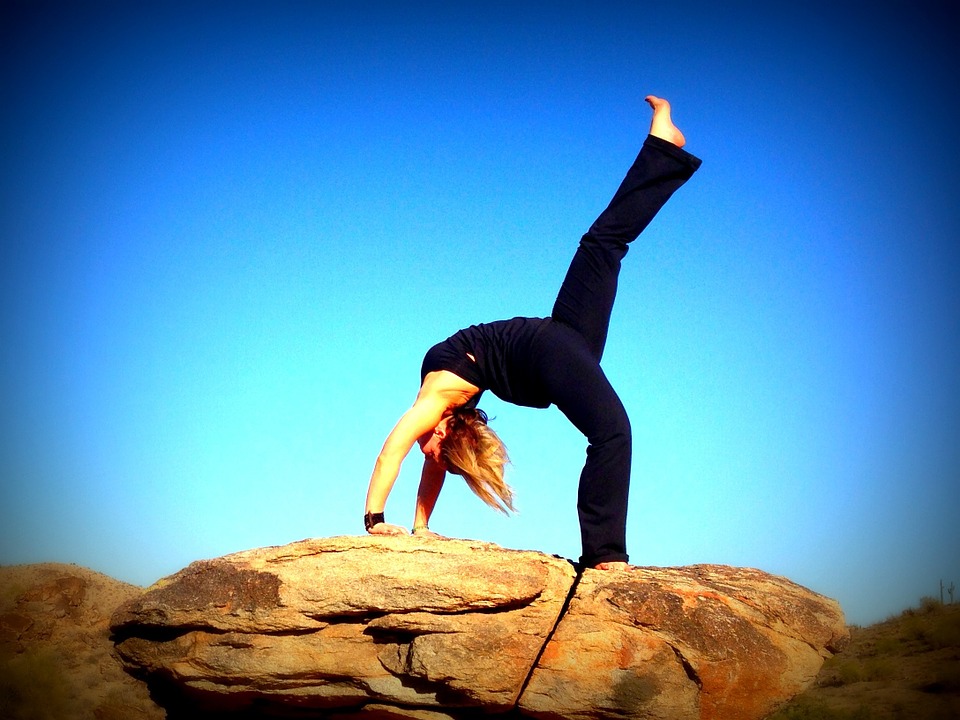
Many people who suffer from COPD find it hard to exercise. But not exercising worsens their lung condition rapidly, which makes it even more difficult to perform any kind of activity. This way they find themselves in a vicious circle where they feel there is no escape from. Especially for these people yoga is the best exercise, as it is a low impact activity that improves your physical as well as your emotional health. It reduces stress and anxiety, increases relaxation and self-confidence, and improves fitness in general.
Yoga can help relieve the symptoms of COPD
Yoga has its roots in Eastern philosophy, and many people still think it is mainly a spiritual and religious experience. But most yoga classes for people with health problems do not focus on this at all. It is mainly a “mind-body practice”, as the National Center for Complementary and Alternative Medicine describes it., which is especially beneficial for people with COPD. The American Journal of Therapeutics published a study performed in 2012, that showed these benefits clearly. In this study a group of 33 COPD patients followed a yoga class given by a certified yoga therapist for six weeks in sessions of one hour, three times a week. They were taught yoga postures, breathing exercises and meditation techniques. After the six weeks, the medical tests showed an improvement in lung function and the patients themselves reported that their overall quality of life had improved significantly.
Yoga offers various benefits for people with COPD
First of all, it is an easy way to exercise. Most exercises are stationary and performed sitting or standing. These physical postures, also called asanas, encourage your flexibility and build up your physical strength, thus helping you to increase your exercise tolerance. Yoga classes set up for COPD patients do not contain complicated poses, but just gentle stretching and bending exercises, designed especially with the health needs of people with COPD in mind. Together with the breathing exercises, the so-called pranayamas, which will teach you how to manage attacks of breathlessness, they will give you all the tools you need to effectively manage both your physical and your emotional well-being. All the techniques are normally easy enough to also practice at home.
Second, there is the social interaction you will be able to build up with your fellow students. You can exchange experiences with others in the same or similar condition as you are, so the feeling of isolation, being one of a kind, will reduce. And the mere fact of spending time with other people on a regular basis will undoubtedly help improve your overall mood, as it does to all of us. This makes it a fun sociable activity, which should be easy to keep up!
And last, but may be not least, it can be a big help to those COPD patients that, despite their disease, cannot manage to quit smoking. Trying to stop this habit can lead to stress and anxiety, which does not help the condition of especially COPD patients, and may even have an adverse effect. Practicing yoga can be a big help in relieving these stress symptoms caused by smoking cessation and increase the chance of a successful attempt to quit. This is a suggestion endorsed by the American Lung Association.
Yoga is a safe way of exercise for people with lung diseases
Especially for people suffering from emphysema, chronic bronchitis, and other lung diseases that are generally known as COPD, yoga is one of the best ways to keep a health condition as good as possible through exercise. Of course, before you begin, consult with your doctor and ask his advice. Maybe he or she will also know certified yoga teachers in your neighbourhood with good credentials for training COPD patients. And always remember to keep your inhaler at hand, just in case. With these precautions taken, nothing stands in your way to improve your physical and mental wellbeing with the aid of yoga!
Oxygen therapy... So many uses!
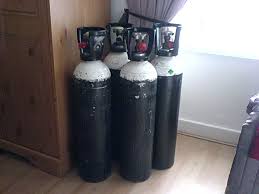
Today, we usually treat a similar decompression condition called the bends, which occasionally happens to scuba divers, with Hyperbaric Oxygen Therapy (HBOT). After such treatment, there is no increased incidence of suicide.
In William Maxfield's (one of the nation’s foremost experts in hyperbaric medicine) new book, “The Oxygen Cure,” there is data about use of hyperbaric oxygen to treat strokes. You can go to the website Bcenter.com and look up the response of Valerie Greene who was 30 when she had her stroke. At that time she could not walk or talk. Today she can, and is now a spokesman for the Stroke Association.
William S. Maxfield, M.D., is a board-certified physician in hyperbaric medicine, radiology, and nuclear medicine. He is one of the nation’s foremost experts in hyperbaric medicine, pioneering its use to treat wounds, brain trauma, multiple sclerosis, and other conditions.
ref: http://www.newsmax.com/Health/Dr-Maxfield/oxygen-therapy-scuba-diving-veterans/2017/01/18/id/769188/

